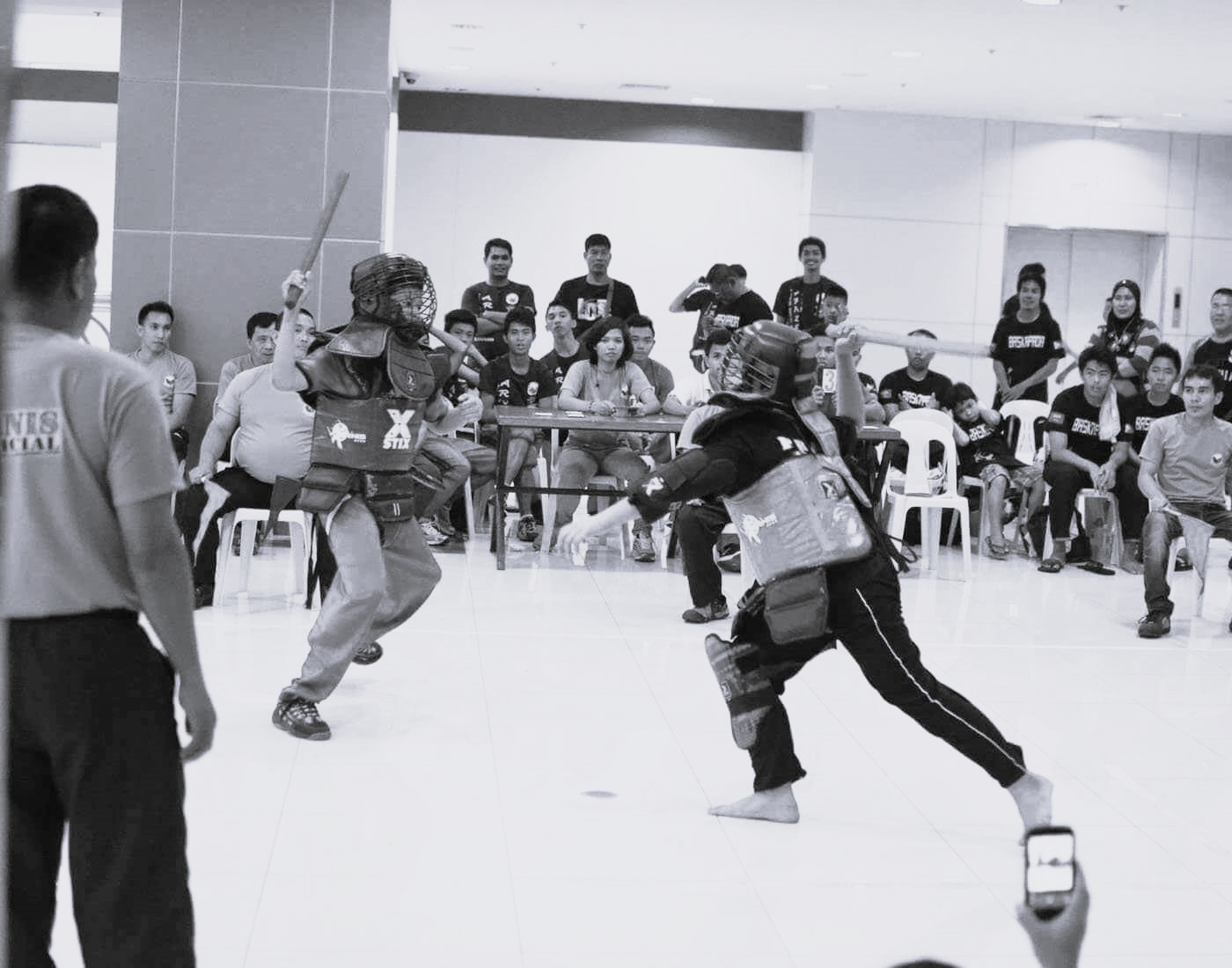Introduction
Arnis, also known as Eskrima or Kali, is a fascinating martial art that hails from the Philippines. Its history is rich and complex, reflecting the country’s diverse culture and the need for practical self-defense techniques. In this comprehensive exploration of Arnis, we will delve into its origins, techniques, cultural significance, and its modern relevance in sports and self-defense.
- Origins of Arnis
Arnis has a long and storied history, deeply rooted in the Philippines. Its origins can be traced back to pre-colonial times, where indigenous tribes developed weapon-based fighting systems for self-defense and warfare. These early systems laid the foundation for what would become Arnis.
The arrival of Spanish colonizers in the 16th century had a significant impact on the development of Arnis. The Filipinos adapted their fighting techniques to combat the Spanish conquistadors, leading to the evolution of the art. The Spanish influence is evident in the names of many Arnis techniques and forms, as well as the introduction of European-style fencing moves.
During the American colonial period, the practice of Arnis was discouraged, leading to a decline in its popularity. However, it experienced a revival in the mid-20th century, with various grandmasters and enthusiasts working to preserve and promote the art.
- The Art of Arnis
Arnis is a comprehensive martial art that encompasses a wide range of techniques, including striking, blocking, joint locks, and weapon disarms. While it is known for its use of sticks or “arnis” as weapons, practitioners also train in empty-hand techniques and other traditional Filipino weapons like the knife (dagger), sword (espada), and the flexible weapon (garote).
A key feature of Arnis is its focus on practicality. The techniques are designed for real-world self-defense, making it a highly efficient martial art. The use of weapons in training enhances hand-eye coordination, reflexes, and precision, which can be applied to various situations, including unarmed combat.
- Arnis as a Sport
In addition to its self-defense applications, Arnis has gained popularity as a competitive sport. This modern evolution of the martial art is known as “Sports Arnis.” Competitions typically involve two participants facing off with padded sticks, showcasing their skills, speed, and precision.
Sports Arnis competitions are not only thrilling to watch but also a testament to the art’s adaptability. Rules and regulations have been established to ensure safety, and judges evaluate the participants based on the accuracy and effectiveness of their techniques. Points are awarded for successful strikes, disarms, and blocks.
One of the key elements that makes Sports Arnis exciting is the emphasis on speed. Participants need to strike or disarm their opponent swiftly, demonstrating their mastery of the art. The ability to score points without getting hit is a testament to a practitioner’s skill and agility.
Explore the world of sports with our in-depth articles and insights Arnis and Shotput. Stay updated on the latest news, trends, and more
- Cultural Significance
Arnis holds significant cultural importance in the Philippines. It is not just a martial art but a reflection of the nation’s history, resilience, and identity. The art’s roots in pre-colonial times, its adaptation during Spanish rule, and its resurgence in the face of adversity tell the story of the Filipino people.
Arnis is often celebrated in festivals, cultural events, and local competitions, showcasing its connection to the nation’s heritage. It is also taught in schools, promoting discipline, respect, and self-confidence among the youth. The cultural significance of Arnis extends beyond the Philippines, as it is recognized as a valuable part of world martial arts heritage.
- The Role of Arnis in Self-Defense
While Sports Arnis competitions are exhilarating, the core purpose of Arnis remains self-defense. The practicality and efficiency of the techniques make it a valuable system for personal protection. Whether armed or unarmed, a trained Arnis practitioner can effectively defend themselves against various threats.
The focus on disarming opponents is particularly valuable in real-life situations where weapons are involved. Arnis equips individuals with the skills to neutralize threats without causing lethal harm, making it a more responsible choice for self-defense.
For those who value self-defense and personal safety, Arnis offers an effective and holistic approach. Its emphasis on situational awareness, efficient movement, and precise strikes make it a versatile system that can be adapted to various threats and scenarios.
- Modern Relevance
In today’s world, the relevance of Arnis as a martial art and self-defense system remains strong. The increasing interest in practical self-defense and martial arts has led to a growing number of people exploring the art of Arnis. Its adaptability, effectiveness, and cultural richness make it a compelling choice for practitioners of all backgrounds.
Arnis also aligns with modern principles of self-defense, emphasizing de-escalation and non-lethal techniques. In a society where responsible self-defense is crucial, Arnis provides a valuable toolkit for individuals looking to protect themselves and their loved ones.
- Benefits of Practicing Arnis
Beyond its self-defense applications, practicing Arnis offers a wide range of physical and mental benefits. These include:
a. Improved physical fitness: Arnis training involves rigorous exercises that enhance strength, flexibility, and cardiovascular fitness.
b. Enhanced coordination: The use of weapons in Arnis training improves hand-eye coordination, reflexes, and dexterity.
c. Stress relief: Like other martial arts, Arnis provides an outlet for stress and helps improve mental well-being.
d. Discipline and focus: Regular practice instills discipline and mental focus, which can be applied to other aspects of life.
e. Confidence and self-esteem: Overcoming challenges in Arnis training boosts self-confidence and self-esteem.
f. Community and camaraderie: Arnis practitioners often form strong bonds with their training partners and instructors, creating a sense of community.
Conclusion
Arnis, with its rich history, practicality, and cultural significance, stands as a testament to the resilience and ingenuity of the Filipino people. It has evolved from its tribal origins into a dynamic martial art that continues to find relevance in the modern world, both as a sport and a self-defense system. As we look to the future, the art of Arnis serves as a reminder of the importance of preserving and celebrating our cultural heritage while adapting to the needs of the present. Whether one is drawn to it for self-defense, sport, or cultural exploration, Arnis remains a valuable and captivating martial art.





